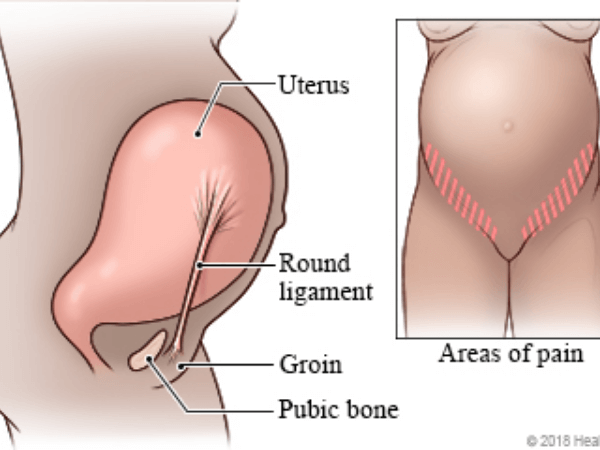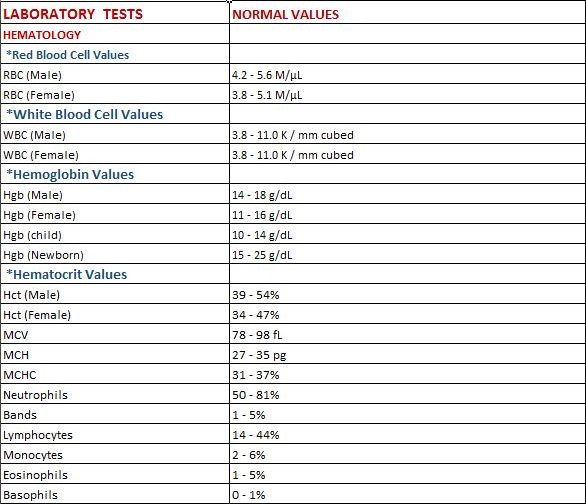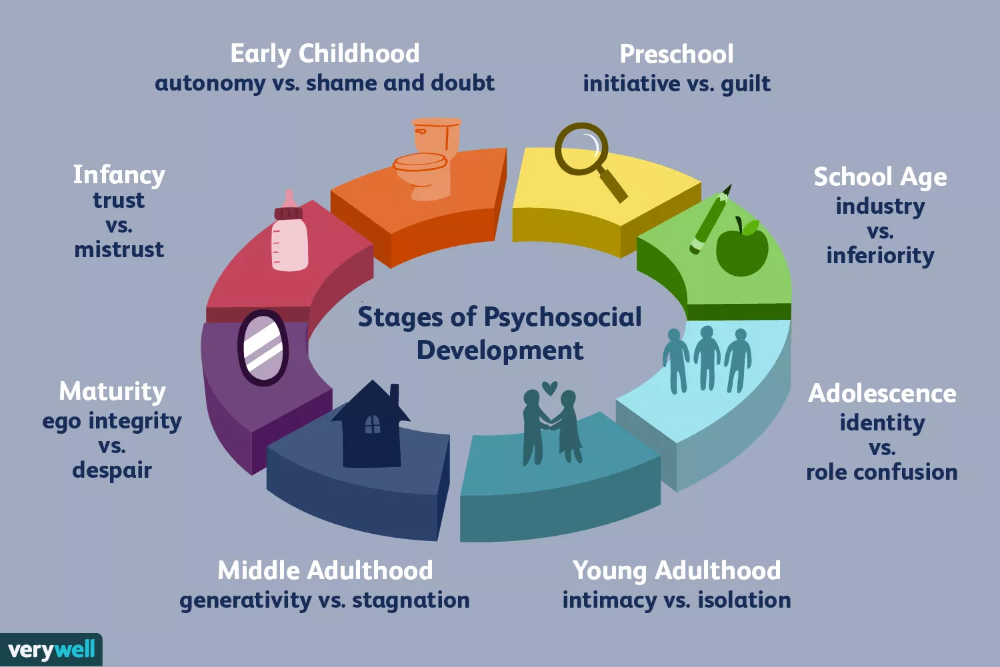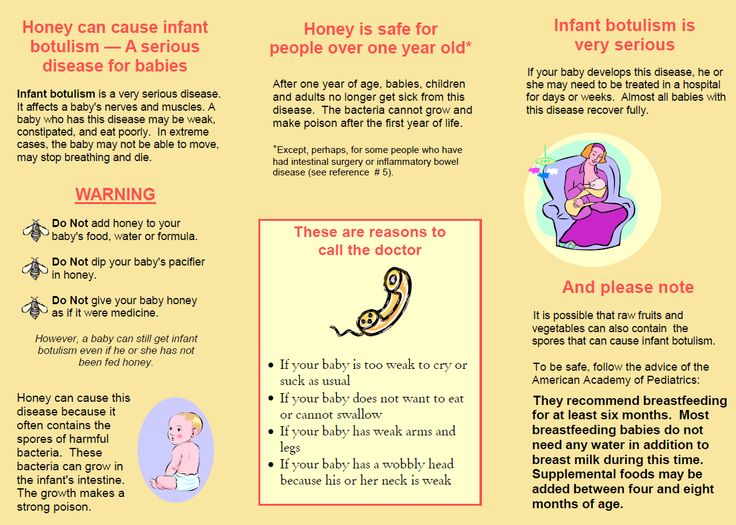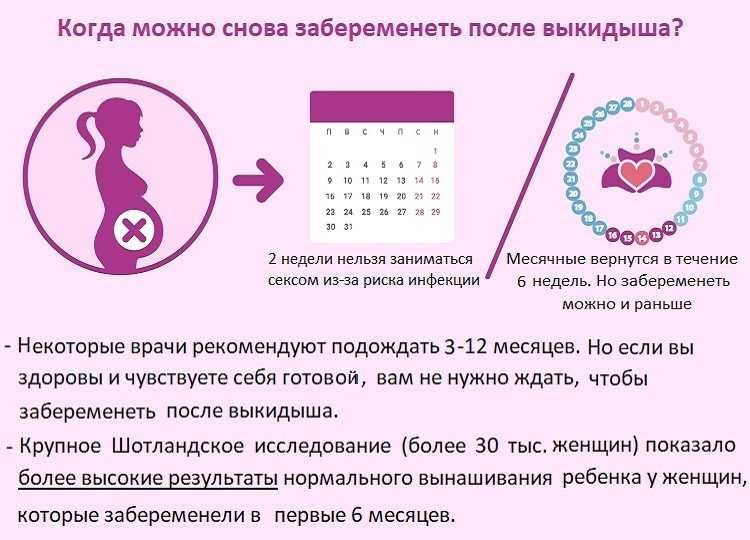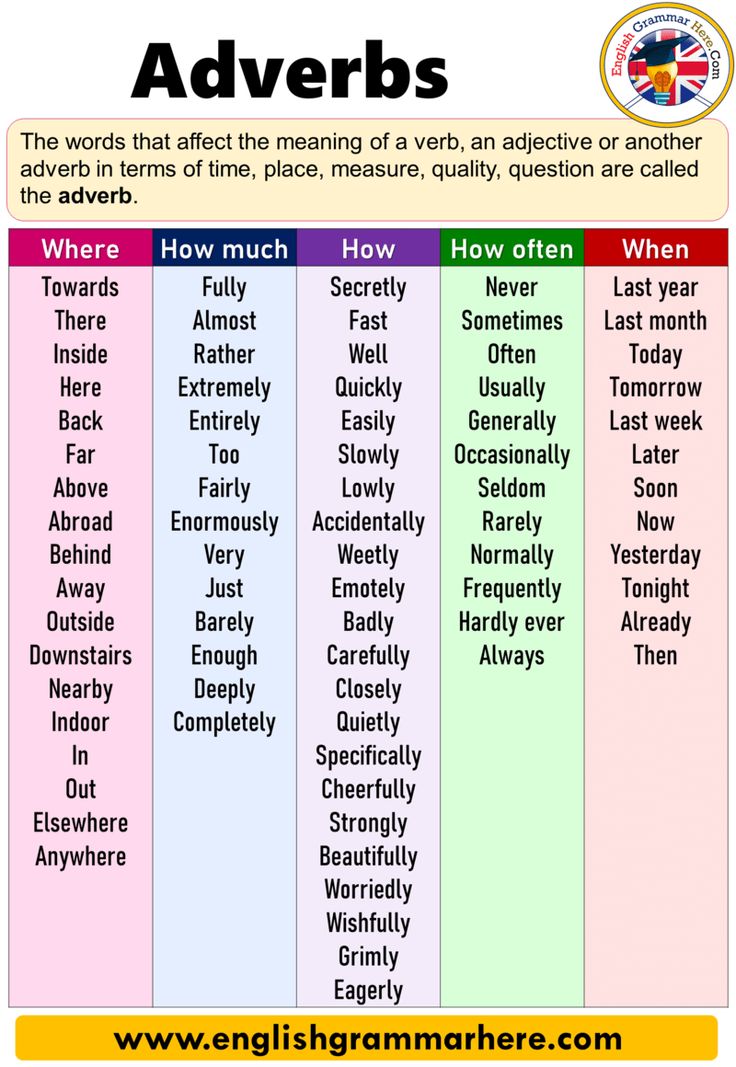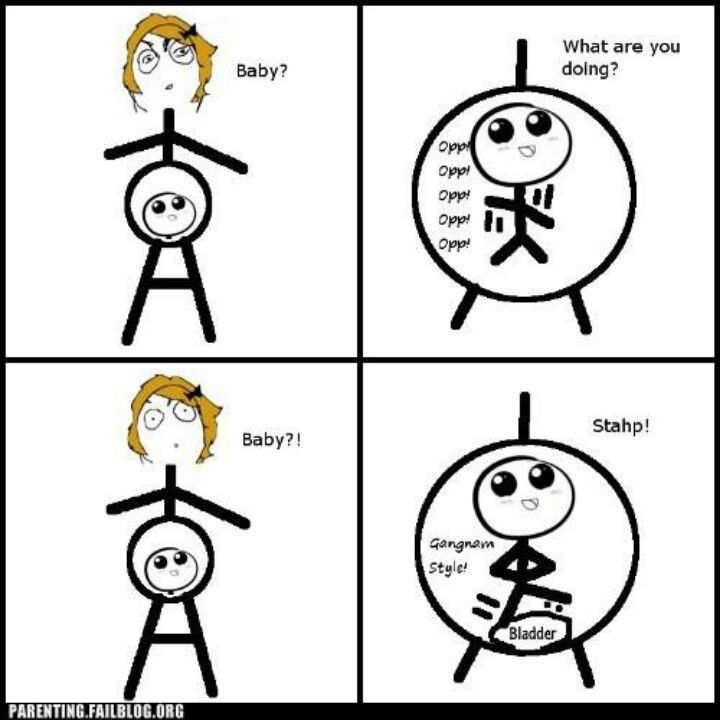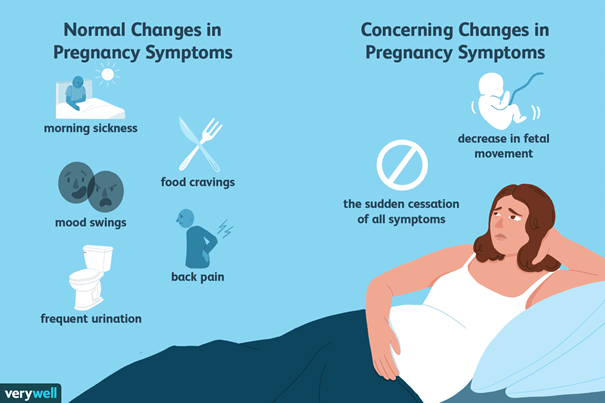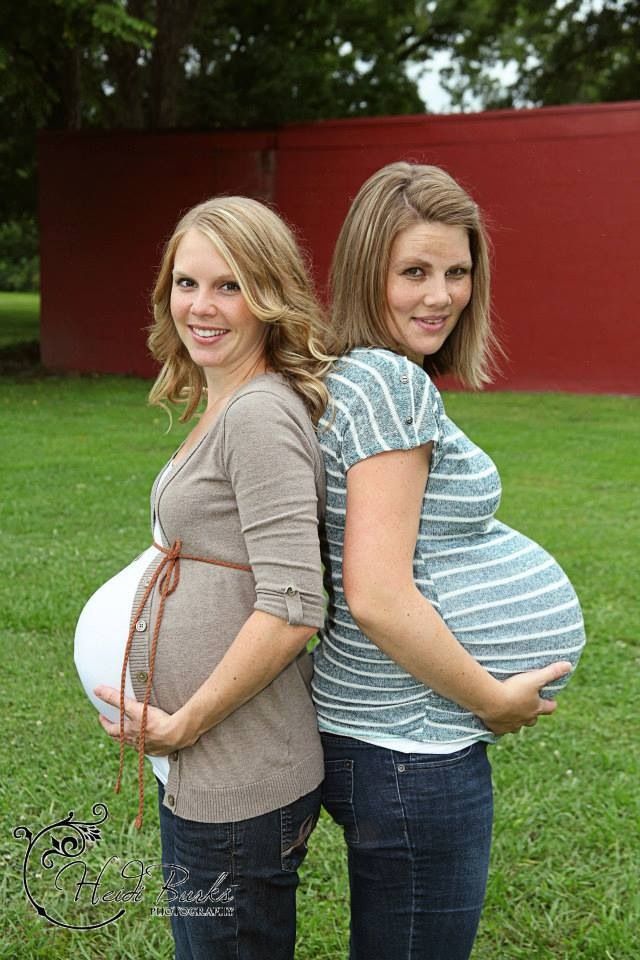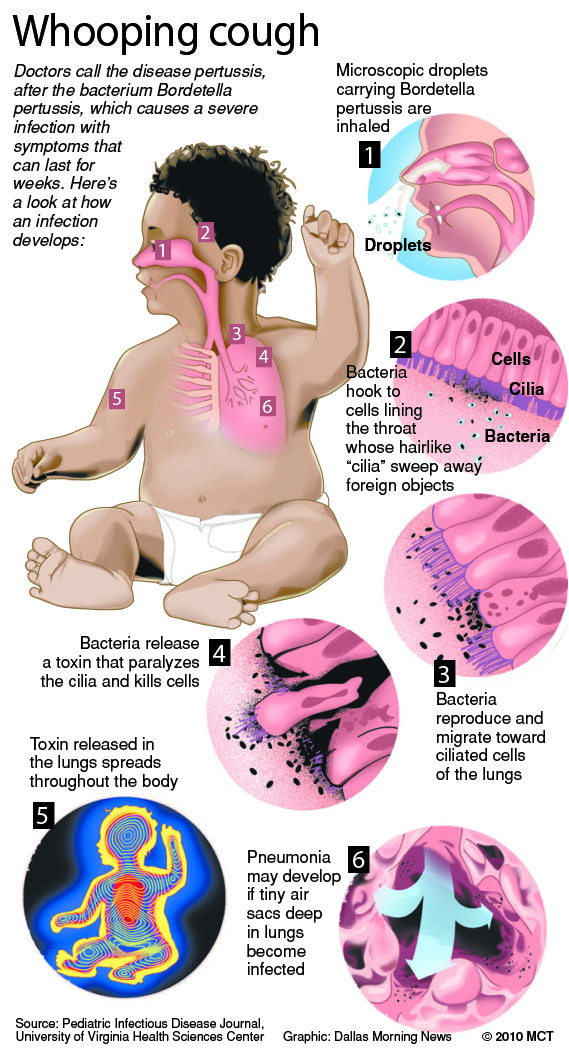How to potty train a child in one day
How We Potty Trained Our Child in One Day
Potty training is such an awesome milestone and a huge accomplishment for your child. And for you as a parent! When I potty trained my son, I spent hours reading books and researching online endlessly. Then I took all the information I learned and came up with a method that worked amazingly well – our son was potty trained in ONE DAY.
A BIG thank you to the moms who shared their tips and experience to help me come up with the below method in addition to what I learned from Lora Jensen’s 3 Day Potty Training book.
What to Expect:
- Quicker and Easier: I expected potty training to be harder than it was and to take much longer. But with this said, I was 100% all-in. It was only about poop, pee, and potty for one day straight. The results are much better when you are committed to potty training and focus solely on this.
- Accidents: Yes, there will be accidents – a lot of them .
. . especially on the first day.
- To be Proud: Expect to be so proud of your little one when they tinkle in the potty, even that first little drop. If any pee reaches the potty, it’s such an exciting feeling. When your toddler starts to ask for the potty, it fills you with such happiness and pride; your baby is growing up and accomplishing a major milestone.
My Day One Results:
Here’s what I posted on Facebook to report my day one results:
Potty Training results!! I’m simply amazed. Yesterday was day one of potty training. By the afternoon until bed, not one accident! Vasya told me every time he had to go, and we zipped him onto the potty, and he went. Three poos yesterday and 8 pees on the potty. This morning another pee on the potty, and when I was taking this photo of the potty seat, Vasya climbed up by himself and went #2. Sorry for all the potty talk, but I’m so excited!!
So how did I do it?
1. Wait until your child is ready.
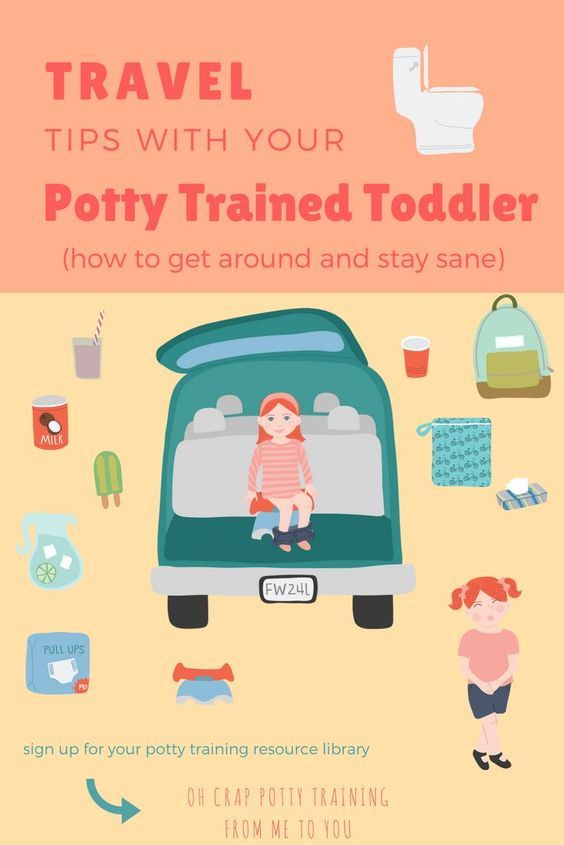
Our son was 2 years and 4 months old when we potty trained in one day. We had just been traveling to visit my in-laws over the summer, which involved a nine-hour plane ride, so we decided to stay in diapers for the trip.
Over the summer, we noticed some signs he was ready to be potty trained:
- He said a word for pee, “teta,” and “kaka” for poo.
- Our son started to tell me every time he peed or pooed in his diaper.
- He had a good understanding of two and three-step instructions. “Vasya, see that red block? Please go get it and place it on your tower.”
- Our son didn’t talk yet . . . only some words but enough to communicate.
2. Talk about potty training.
For a few weeks, before we started potty training, I said, “Soon, mama will teach you to go potty on the toilet like mama and papa. No more diapers!”
3. Order underwear 1-2 weeks before.
My ALL-TIME favorite organic potty training pants are from ZOOCCHINI.
I love this underwear because:
- Fun Bright colors and beyond adorable designs – your toddler’s bum will never look SO CUTE!
- Elevated embroideries and extra layers of double-sided terry for SUPER ABSORBENCY – make those oops moments better, especially early in the potty training stage when you venture out of the house for the first time!
- Organic cotton
I have nine pairs of ZOOCCHINI organic potty training pants for toddlers, but we also got some underwear at Target so Vasya could choose his potty training pants from the store the day before and be more part of the process of becoming a big boy.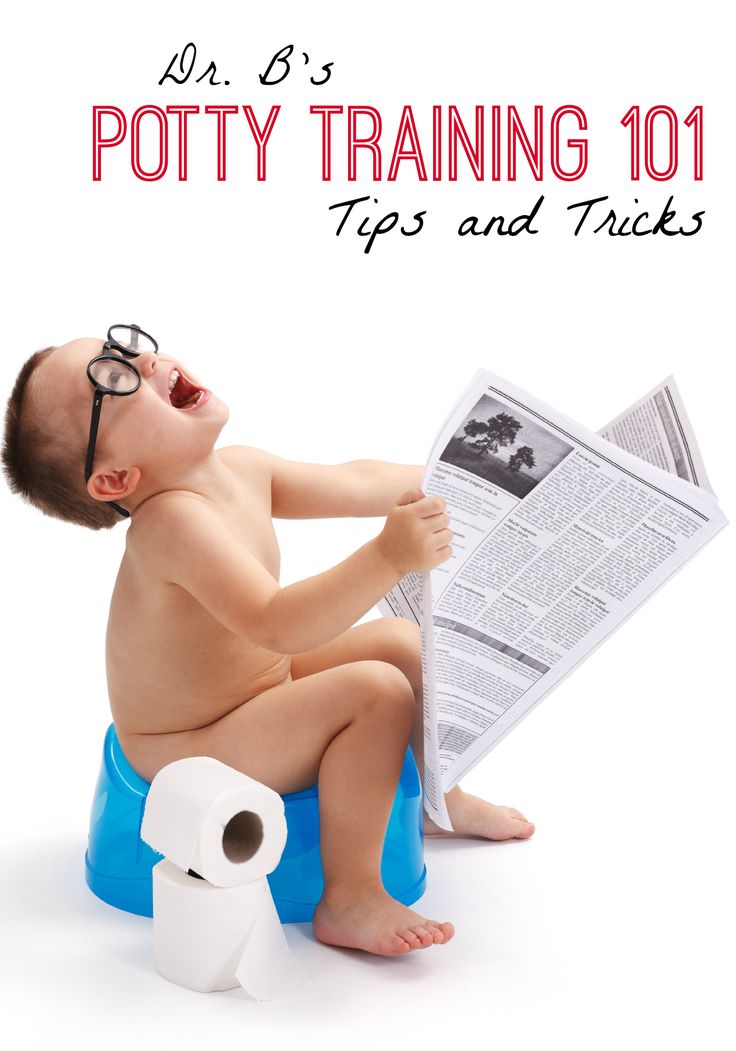
4. Choose a potty.
I love this potty seat with the ladder that goes right on the big toilet! Super easy to put together, sturdy, cute, and foldable. Easy to clean too. I did not like the idea of a portable, little potty – no way to flush the mess! So we used the regular potty with this special seat with a ladder. I love the handles on the sides too. My son can independently climb up by himself.
5. Set aside three days.
Set aside three days in a row where you will focus on the potty, pee, and poop ONLY. Especially on day one, you need to plan to be with your child all day playing, reading, etc. Be close to the potty! And don’t leave the house with your little one just yet.
6. Go commando.
I researched online and read the recommendation to put my child in an oversized t-shirt and no underwear. I thought no way! So I started potty training with underwear, and he peed in them A LOT. Underwear feels like a diaper, so it was SO MUCH better when I removed the underwear.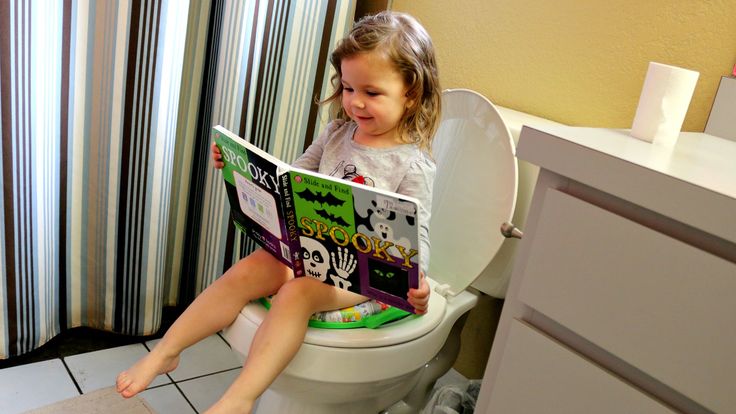
We started using underwear on day three.
7. Wave “bye-bye: to diapers.
On the morning of day one, when your toddler wakes up, take the diaper off right away and have your child throw it away, and say “bye-bye diapers. I’m a big boy now!”
8. Say this phrase CONSTANTLY.
“If you have to go pee or poop in the potty, let mama know. Okay?” Seriously, say this every two to five minutes. You see, toddlers will forget about the potty. They will pee wherever they are, just like they are used to with a diaper on. But if you constantly remind them, they remember to tell you they need to go.
Never ask, “Do you have to go to the potty?” Your child will say no, even if they have to. By saying, “Let me know if you need to go poop or pee in the potty,” it gives the child the decision to let you know.
9. Accidents happen.
Accidents will happen. A LOT. When they do happen, it’s imperative to remain calm, but you can express disappointment. No yelling.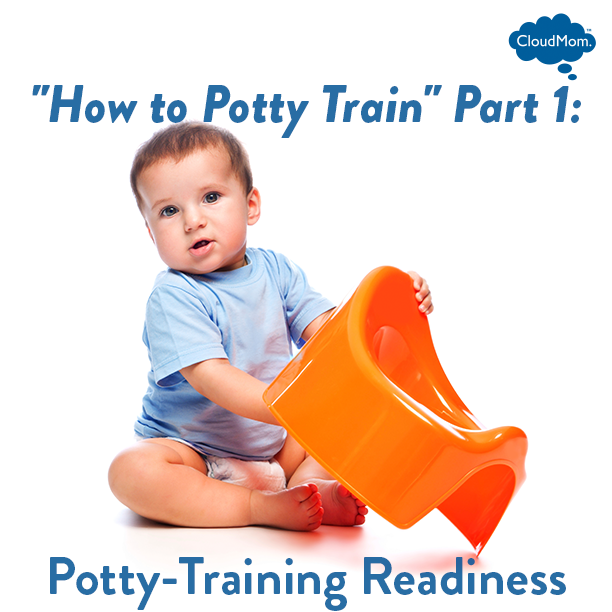 When there’s an accident, it’s essential to say, “You had an accident. Pee and poop go in the potty. Let’s clean up.” Say this with some disappointment in your voice, but never yelling.
When there’s an accident, it’s essential to say, “You had an accident. Pee and poop go in the potty. Let’s clean up.” Say this with some disappointment in your voice, but never yelling.
If you catch your child peeing or pooping, run to the potty. Even if just one drop gets in the potty, celebrate BIG!
Be mindful of where your toddler is sitting – you may want to cover your furniture with plastic bags and towels.
10. Celebrate big, but no bribes.
Giving a reward like candy or a sticker is common when your child goes on the potty, but this can backfire. My friend gave her daughter an M&M every time she went on the potty, which worked for them. But it was pretty funny when their little girl started to pretend to go potty to get an M&M – how cute is this?!
So it’s best not to give any reward every time they go. Eventually, there is no more excitement around the reward, or they will want just the reward without going on the potty.
For us, we praised Vasya A LOT when he went in the potty, and we had a celebration dance.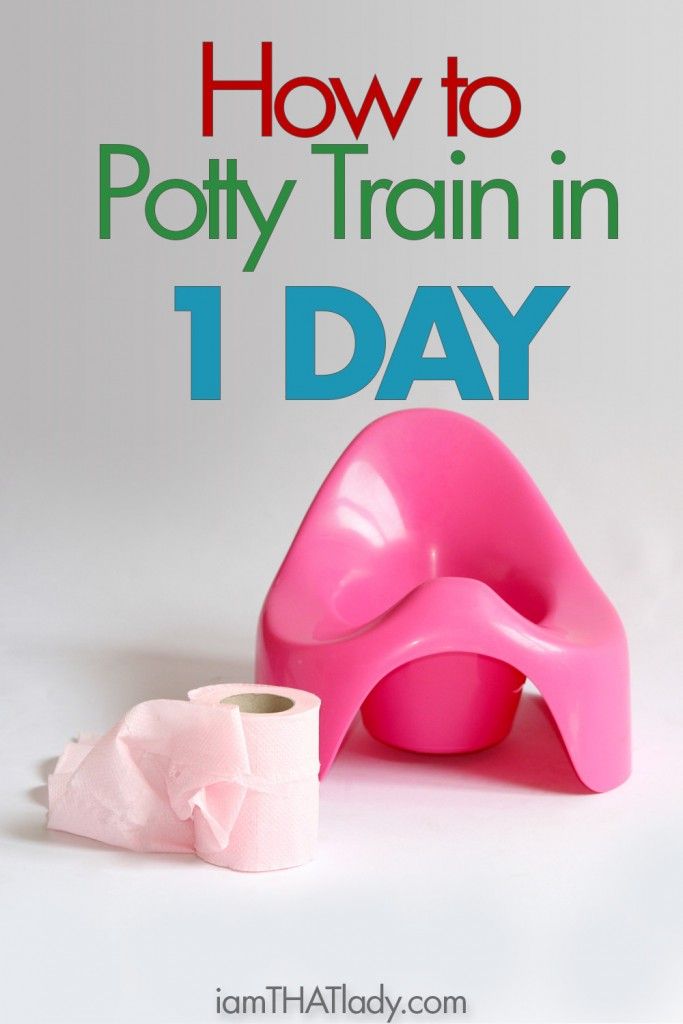 First, we created HUGE excitement. “You did it! You went pee/poop in the potty! I’m so proud of you. You’re a big boy now! Wow, you did it! Good job.” Then we would take out our special potty toy and dance. We used this awesome multi-sense trumpet toy.
First, we created HUGE excitement. “You did it! You went pee/poop in the potty! I’m so proud of you. You’re a big boy now! Wow, you did it! Good job.” Then we would take out our special potty toy and dance. We used this awesome multi-sense trumpet toy.
After our little trumpet music session and dance, the special potty toy is put away for the next potty party, but the excitement and celebration didn’t stop there . . .
Next, we would call Grammie and Papa to share the news. Make it a huge deal. This is enough to motivate kids to go in the potty.
11. The timer is your best friend.
Set the timer every 10 minutes for the first two hours of day one. When it goes off, it’s time to sit on the potty.
Sit for a few minutes.
For the rest of the day, we set the timer for every 20 minutes and went on the potty.
By the afternoon of day one, he was telling me every time he needed to go potty, but we still did the timer.
On day two, we did not use the timer. But depending on how well your child does, you may want to use the timer for the first three days. On days two and three, we continued to remind him every 20 minutes, “If you have to pee or poop on the potty, let mama know.”
But depending on how well your child does, you may want to use the timer for the first three days. On days two and three, we continued to remind him every 20 minutes, “If you have to pee or poop on the potty, let mama know.”
If your child is still having accidents on days two and three, use the timer.
12. Venture outside of the house.
Be prepared to keep your child home while potty training. And if you are doing the training, you stay home too.
When your child asks to go potty for a whole day, or two, it’s time to venture outside the house. We walked to the park the first time, and my son had an accident. We changed his clothes and said, “You had an accident. Pee and poop go in the potty. When we are not home, there’s not always a potty, so you have to hold it until we find a potty, okay?”
The next time we went to the grocery store, and no accidents! I used our potty training pants for the stores or longer trips because they are way more absorbent than any other underwear, especially those you find at the big stores.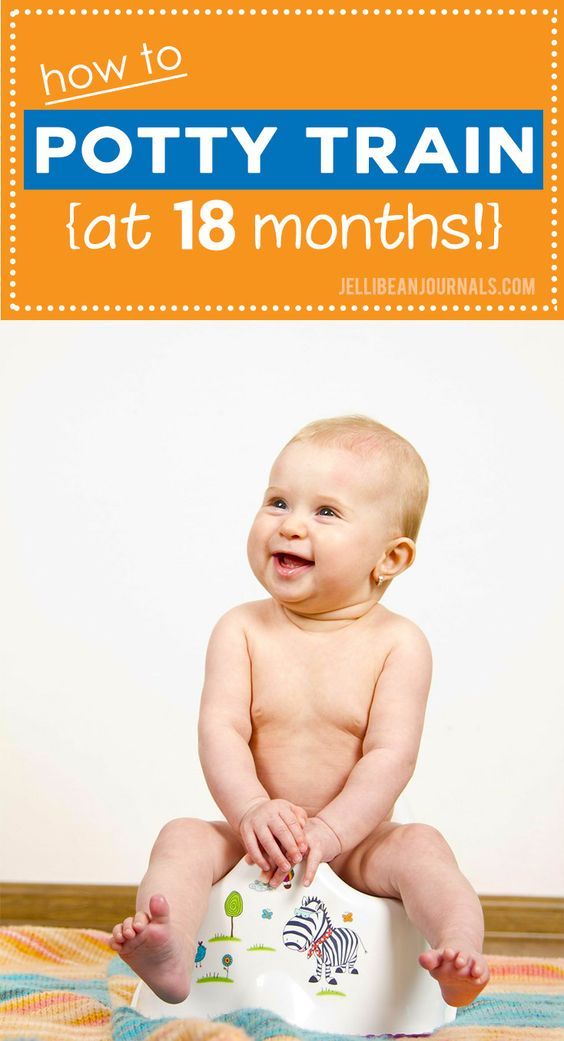
13. Handle sleep time differently.
Use a diaper for naps and night sleep, and when your child has 7 straight nights with a dry diaper, it’s time to use underwear for sleep time too!
Is the above not working? Every child is different, and not all will be potty trained in one day. Know that your child will eventually be potty trained. If you try this method for a week and there are still many accidents, it may be a sign you’re potty training too early. Wait a month and try again 🙂
This article contains affiliate links. These opinions are our own. However, if you buy something, we may earn a small commission, which helps us keep our content free to our readers. Check out our Chick Picks Shop to see more of our recommended products. It’s our carefully curated shop of products we love and recommend! ❤️
Potty Training: How To Easily Potty Train Your Toddler In 1 Day
Learn how to potty train your boy or girl with these easy tips that had my daughter potty trained in 1 day! This method of potty training for a girl or a boy will successfully help your toddler to go potty at the most appropriate age.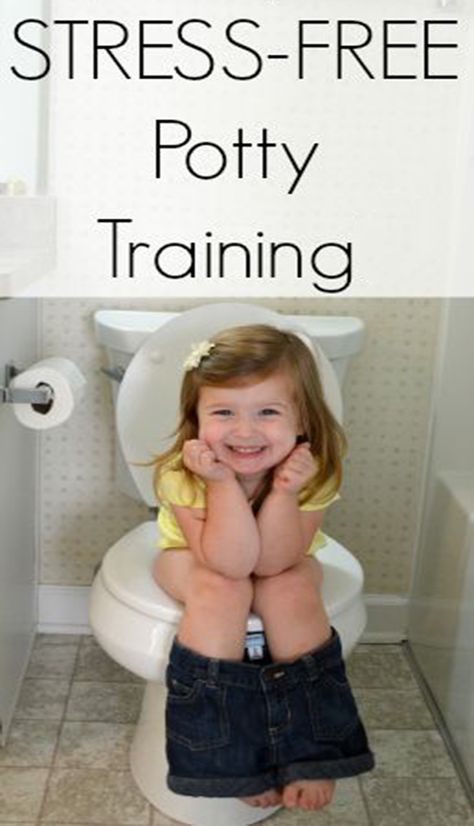 Learn more.
Learn more.
This post contains affiliate links. For more information, see my disclosures here.
Sounds absolutely impossible to potty train a child in 1 day, but it really did happen. It recently just happened with my third born after months of initiating potty training but inevitably holding off on potty training after realizing it wasn’t the right time. I learned a lot from the past two experiences I had with potty training my older two girls; now with my third child, I feel confident enough to share with you my tips and tricks on potty training a toddler.
I hope by the end of this post you come out with confidence in your ability as a mom to teach your child to use the potty without the headaches and frustration. My goal is that you enjoy this time you spend with your toddler by using these fun and creative tips while ultimately successfully training your child to pee and poop on the potty instead of their diaper (or the floor)! There’s always the possibility that potty training your toddler isn’t accomplished in 3 days….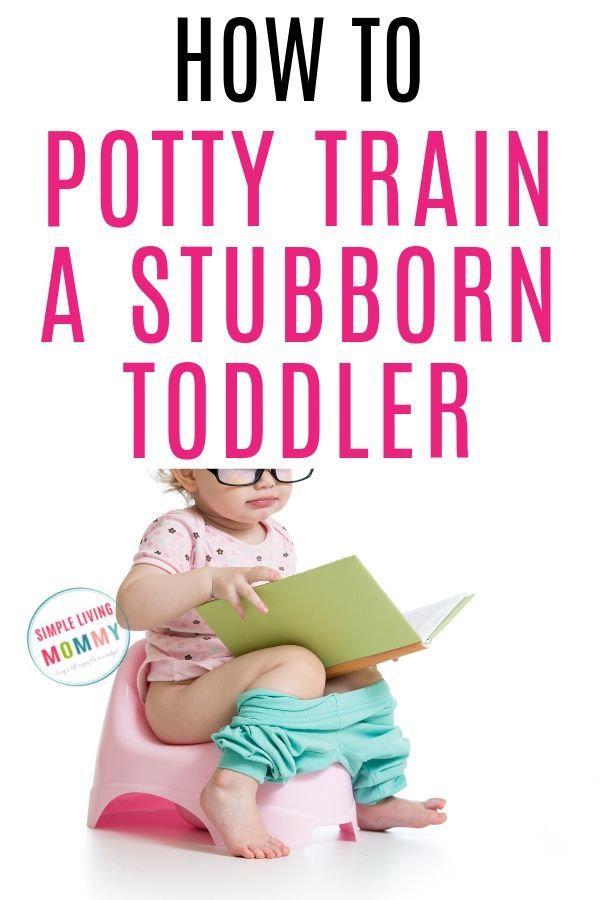 but instead 1 day! It is possible.
but instead 1 day! It is possible.
What Age Are Toddlers Potty Trained?
This is really relative and different for each child. Typically, potty training can start as early as 24 months and as late as 4 years old. Don’t be discouraged if you are at the far end of this range. If you happen to have serious concerns regarding your child’s development I always advise you to speak with your pediatrician since he or she knows your child best.
In the 1940s, the average age for potty training was 18 months. Averages today, according to a 2001 study by Schum, show baby boys in the United States give up diapers at 39 months and girls at 35 months. – Web MD
When Should You Start Potty Training?
The simple answer is: When Your Child Is Ready!!
This is really what you, mom, need to start thinking about first before even mentioning potty training to your child.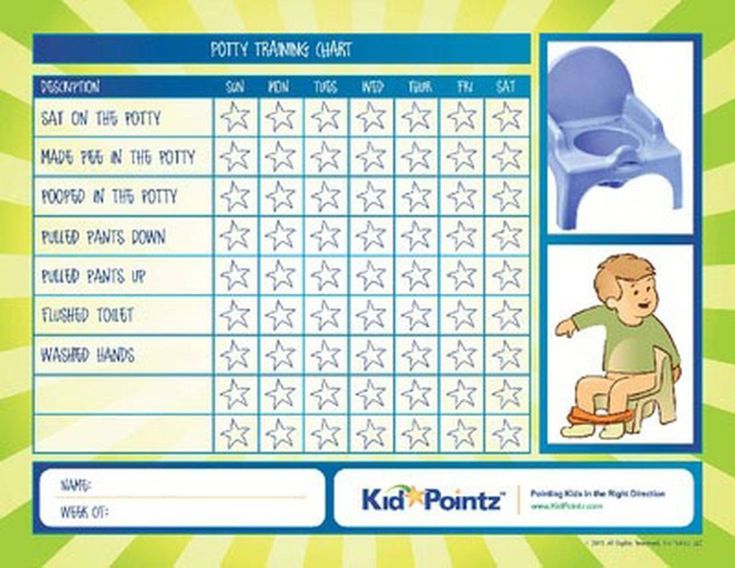 When is your child ready?
When is your child ready?
Reasearch shows that your child needs to be able to recognize the sensation of peeing and pooping by either mentioning it to you (even after the fact) or feels the need to hide in a private place to perform the act.
A lot of toddlers walk away to a corner or another room all together to pee and poop in private. This is a good indicator that they are recognizing the feeling of it coming on.
Learning to use the toilet is an important milestone. Most children start working on this skill between 18 months and 3 years of age. The average age of potty training falls somewhere around 27 months. –Healthline
Also, another good indicator that a child is nearing the time of potty training is whether or not your child knows how to and is physically capable of pulling his pants on and off. This could include long pants, shorts or diaper covers. You will start to notice your child wanting to pull down his pants before diaper changing time.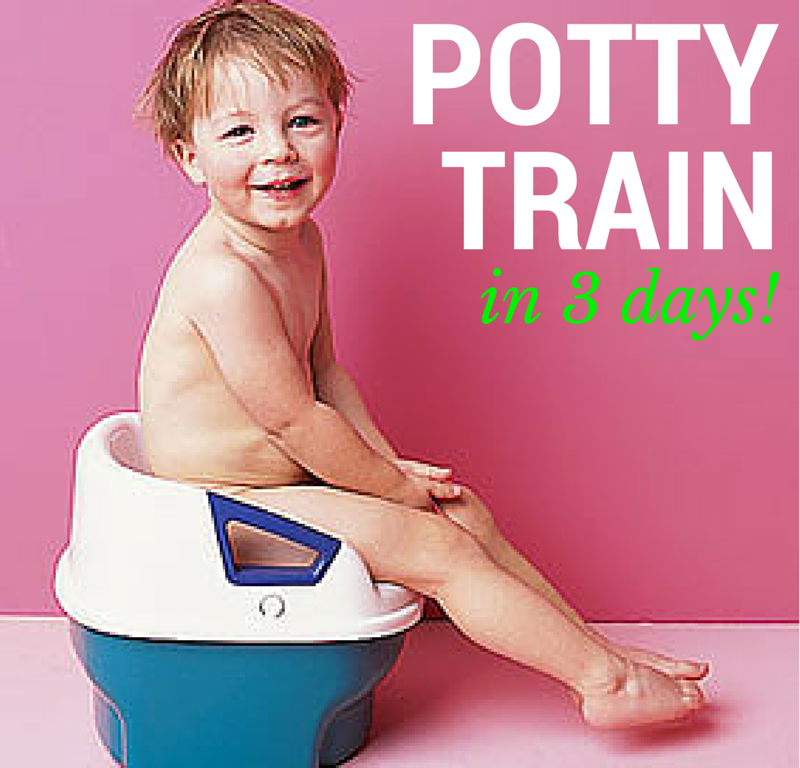
Related: How To Shop With Kids Using These 5 Rules
It is also important that your child is able to comprehend your words. Does your child understand the words pee pee and poop? Does he know what the potty is when you ask “point to the potty?” If he does not understand these simple words and commands, it will be much harder to successfully potty train.
What Are Signs Of Potty Training Readiness?
- your child can verbally express wants or needs
- being able to sit on and rise up from a toilet or potty on his own
- your child has the desire to please (for example, enjoying praise)
- your child imitates adults or siblings
- has bowel movements that are more regular or seems to go on a natural schedule
- regularly has longer periods of a dry diaper
- easily follows one-step instructions and commands
- has a strong desire to be more independent
Most children are able to control both bladder and bowels and leave diapers behind sometime between 3 and 4 years old.
–Healthline
Potty Training A Toddler In One Day
Like I mentioned earlier, I successfully potty trained my 2.5 year old within one day. Now this was not my first attempt at potty training my daughter. This was actually my 4th attempt. I started when she was 22 months old because I thought I could train her at the same age as my other girls. I was wrong.
Then I attempted again when she turned 2 because I thought 24-month-olds should be able to learn by now!
Nope, I was wrong. My girl was not ready, she was actually afraid of the word “Potty”.
I tried again, around 27 months because she started to show signs of potty training readiness because she was excited to actually sit on the potty for an extended period of time. But when it came time to actually peeing she wanted to put her diaper back on, hide in a corner and pee. She was too uncomfortable sitting and letting the pee come out into mid air and drop in a potty. I didn’t force it, and I waited again.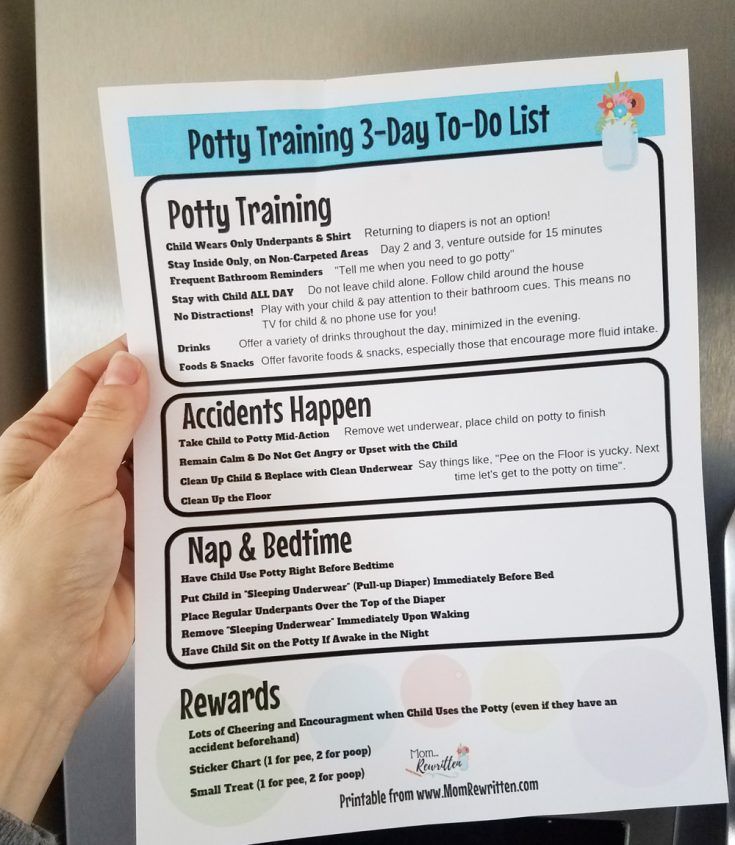
Now, at 32 months, she was ready, she wanted to wear her undies -her brand new Minnie Mouse Undies from her Grancy (my mom). I told her that she needed to go pee on the potty before she could wear them. And soon enough, she did. After lots of liquids and fun quality time sitting by the potty, she went and went and went again.
Eight times in one day with no accidents, and let me remind you, this was the first day. She went in her pull-up during nap time and at night time, but the entire day around the house was a success. No messes on the floor, lots of praise and lots of joy!
Day two was just as successful, and she continues to be potty trained from that point forward.
16 sTEPS TO potty training success
I want to help you have success like I did when it comes to potty training your toddler. The following tips are widely practiced and are known to be the best techniques for potty training your boy or girl (when and after they show signs of potty training readiness of course!)
1. Find A Potty Training Book That Your Toddler Really Enjoys
Find A Potty Training Book That Your Toddler Really EnjoysThere are lots of potty books that are great for teaching kids how to go potty in a fun way. Get a book and read it for at least a month, every day to your child in a fun and enthusiastic way.
2. Buy A Potty Training Potty
Purchase a potty training potty and have it out for your child to see. Explain what it is and look at it every day saying “there’s your potty”
Start educating your toddler on what pee and poop is. When your child goes pee or poop in his diaper, explain that he just went pee pee and say “pee pee goes in the potty” or “poopy goes in the potty”
3. Watch And Learn By Example
Have your toddler watch you go potty and teach him what it sounds like and looks like. Teach him how we sit and wait for pee pee and poop to come out, then we wipe, flush and wash our hands. This is a great way to introduce the concept of going potty.
4. Pick the Right Time To Start
Based off what we discussed earlier in the post, make sure you pick the right time to start potty training your child.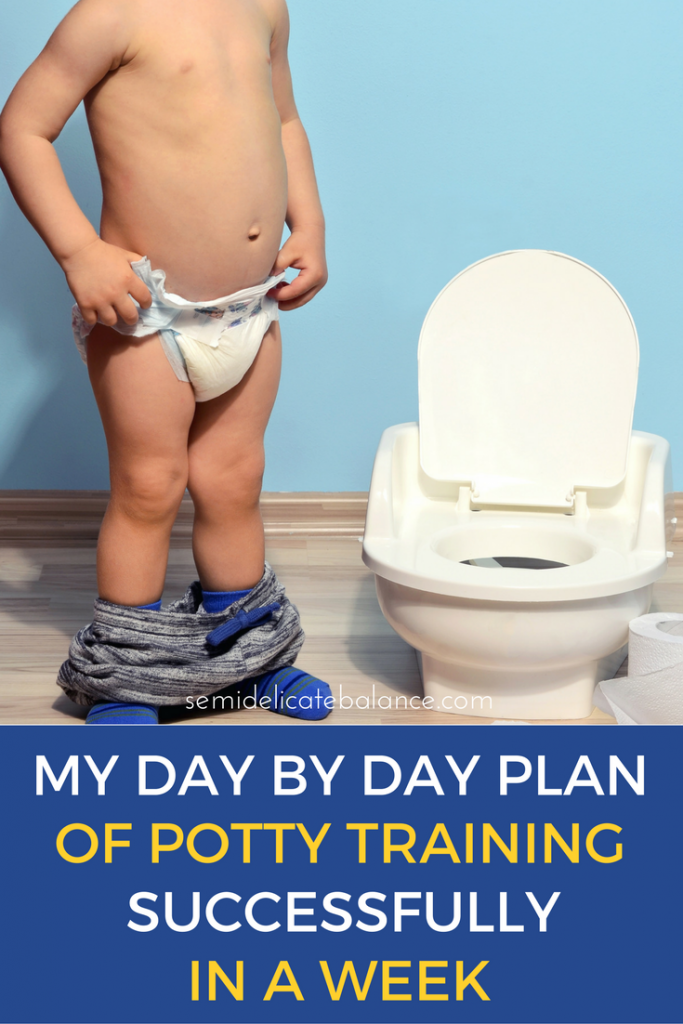 Is he showing signs of readiness? Is he in the appropriate age range?
Is he showing signs of readiness? Is he in the appropriate age range?
Hopefully your answer is yes and you are one step closer to beginning potty training.
Also, are you ready mom? Do you have the time to commit to the training? Are you available to give your toddler the attention he needs during this important phase in his life? Don’t pick a day when you are busy with lots of errands. Definitely don’t pick a time when you are about to go on a trip or spend time away from home due to a holiday coming up.
Pick a time when things are more relaxed at home, you have nowhere to go and you just plan on keeping it low key for a few days. Potty training works best with consistency and staying consistent in the home with the same potty is definitely the best way to start. And that leads to the next tip.
5. Use The Same Potty
Using the same potty training potty is more accepted by your toddler because he is more comfortable and familiar with it. The potty as a whole is foreign so make sure you introduce the potty in a fun and exciting way.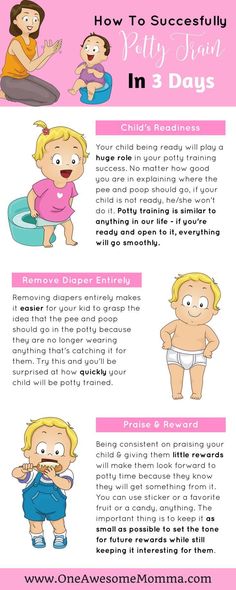 Maybe give it a name. We call our potty training potty “The Blue Potty” (even though it’s green, haha! My toddler still doesn’t know her colors quiet yet :-))
Maybe give it a name. We call our potty training potty “The Blue Potty” (even though it’s green, haha! My toddler still doesn’t know her colors quiet yet :-))
When it’s time to use the potty, we say “Let’s go find The Blue Potty!” and it turns into a little adventure
6. Have A Potty Station Somewhere Convenient In Your House
No matter what size house you have, having a potty station in the middle of your home (hopefully on hardwood, laminate or tile floors for easy clean-up) is best so no matter where you are, your child knows exactly where to go to find his potty.
At this potty station, set up some necessary potty items:
- Potty book
- Entertaining toys
- Extra undies
- Toilet paper or wipes
- Hand sanitizer
- Paper towels
- Grocery bags for messes/trash
- Reward chart
- Stickers
- Reward snack (if you choose to do so)
Having these items close to the potty will be handy when you feel like you need them quickly.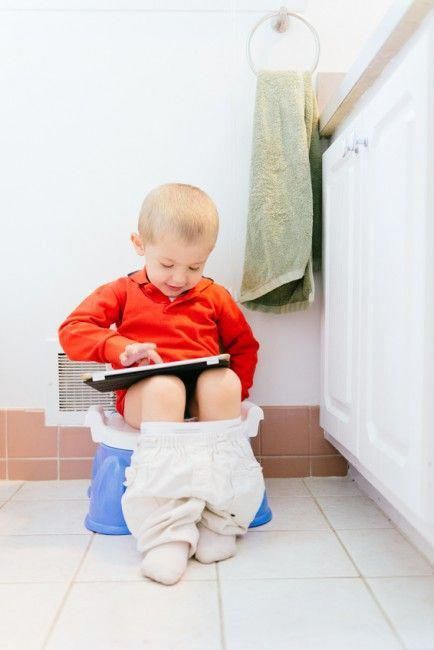 You have a little dribble on the floor, grab your paper towels. Maybe you have a big dribble on the floor, plus wet undies. Put it in a grocery bag for quick clean up. Your child had a successful aim in the potty and deserves a sticker on her reward chart. YAY! Show her the chart right away for immediate positive reinforcement.
You have a little dribble on the floor, grab your paper towels. Maybe you have a big dribble on the floor, plus wet undies. Put it in a grocery bag for quick clean up. Your child had a successful aim in the potty and deserves a sticker on her reward chart. YAY! Show her the chart right away for immediate positive reinforcement.
7. Positive Reinforcement Tool
Parents have many different techniques for giving positive reinfocement. My prefered method is a reward chart. I like to add stickers to a chart for each time my toddler pees or poops on the potty. It’s simple and very rewarding for the child.
My toddler, however, wanted a check mark and a sticker, so that’s what we did! She felt extra special getting both.
Some parents give an M&M every time their child pees on the potty. I try to stay away from candy, but for some reason my child out of nowhere asked for a cracker as a reward. I had never mentioned that to her ever before, but since she felt like she deserved a cracker, I thought there wouldn’t be any harm in rewarding her with a wheat Ritz cracker.
So, maybe three things is a bit overkill, but it worked for my child.
What’s most important is that you find a reward system that works best for your child.
The most important thing with reward is doing it immediately right after she pees or poops in the potty. At this age, immediate positive reinforcement is the most effective technique (rather than waiting for one big reward after the entire day goes with 5 successful pees).
8. Follow Up With More Positive Reinforcement with Excessive Praise
Praise is so appreciated by little ones when they do something right. Never scold or put down your child when they make a mistake, have an accident on the floor or can’t pee as quickly as you want them to.
But what really works with potty training is pouring lots of praise all over them once they successfully peed or pooped in the potty.
Shout, cheer, clap, jump, hug, kiss and giggle with praise once your child successful went in the potty. Your child will definitely recognize that he just did the right thing and mommy and daddy are proud.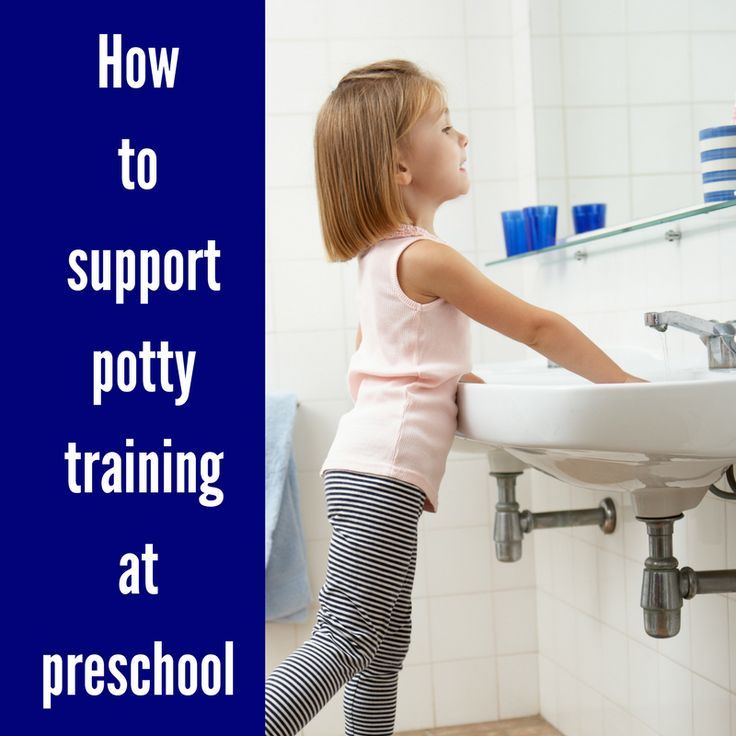
9. Teach Potty Training Routine
Now that your child went on the potty and was rewarded and praised, it’s time to teach your child the routine after going pee or poop in the potty.
Teach wiping, pulling up undies and then pants.
Teach how to dump the contents into the big potty to be flushed away.
Have your child flush the potty and watch it go away.
Teach your child to shut the potty lid
Next it’s time to wash hands (and wash the inside of the potty out as well).
Dry hands and return the potty back to where it belongs.
Praise them again for a job well done!
Jena’s Tip: Make sure to teach the lesson of no pee or poop in the undies and to tell Mommy “I have to go potty” when it’s time to go again.
10. Drink Lots of Water
To encourage a day filled with lots of potty breaks, I have my toddler sit on the potty while drinking a large cup of water with a splash of juice in it (my family doesn’t drink a lot of juice but for this occasion it was something special for my child).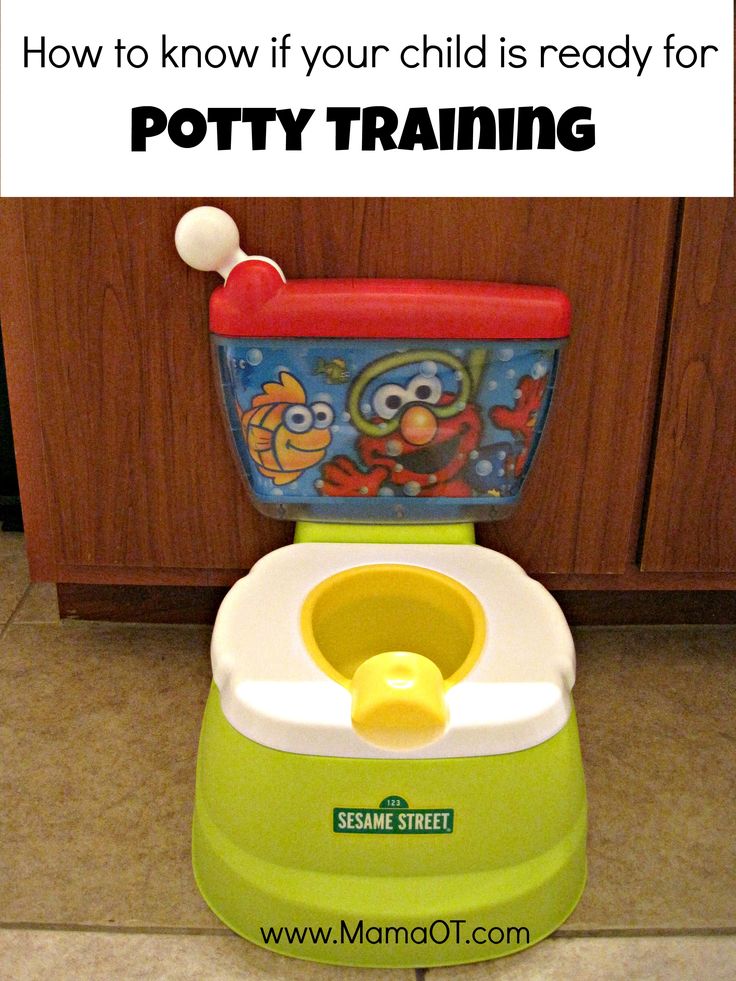
When my toddler was drinking cup after cup of liquids, my daughter had to go to the potty 6 times in a matter of 3 hours. It just makes it easier to train when you have more chances to go. Repetition is key!
11. Eat High Fiber Foods And A Balanced DietHaving a healthy, balanced diet filled with high fiber foods will definitely help your toddler go to the bathroom more regularly and without difficulty. If you notice your child does not poop once a day, try increasing fiber into his diet.
12. Wear Little To No ClothingDress Your Child in a t-shirt and undies, or you may want to stick to undies only. But I would definitely advise you to avoid dresses or long shirts because your child ends up focusing on her clothing and holding it up from the potty – this can be a bit distracting.
You want to make it as easy as possible for your child to pull undies up and down each time your toddler attempts to go potty.
13. Avoid ElectronicsDon’t get into the habit of having electronics and devices as a way to entertain your child on the potty.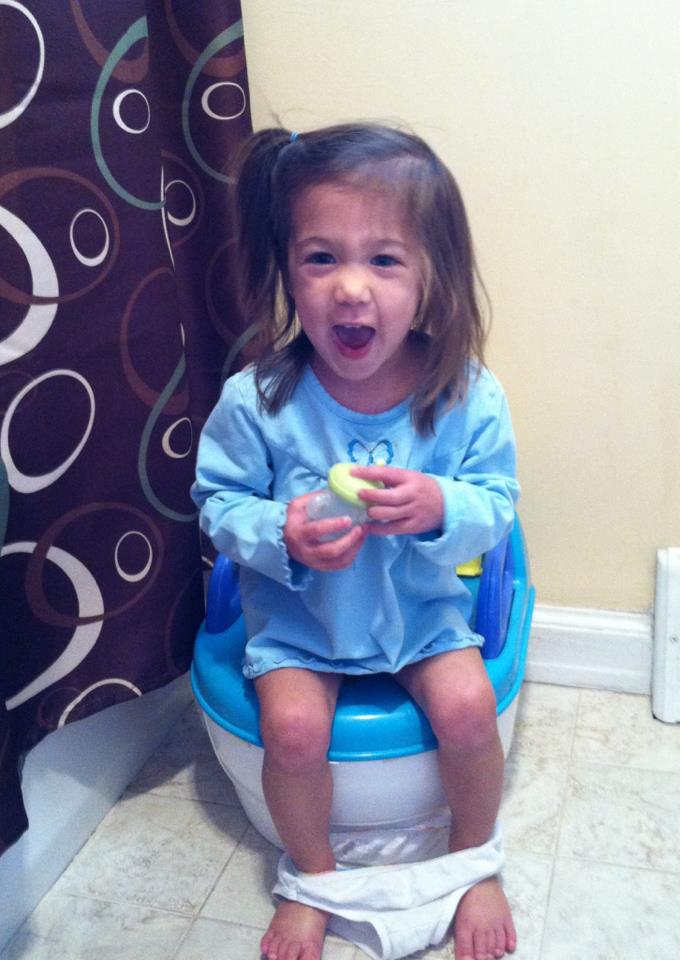 It’s actually more of a hindrance because he ends up being distracted from the sensation that cues him that pee and poop is coming. Also, it would be rather hard to always bring a device into a public restroom every time your toddler needed to go. Have your child learn the normal way, without the assistance of a device to coax him.
It’s actually more of a hindrance because he ends up being distracted from the sensation that cues him that pee and poop is coming. Also, it would be rather hard to always bring a device into a public restroom every time your toddler needed to go. Have your child learn the normal way, without the assistance of a device to coax him.
14. Use Pull-Ups For Naps And Bedtime
Don’t expect for your child to be perfectly potty trained during the day and night. That is setting your expectations a bit too high.
Potty training in its entirety (day and awake hours, nap and night time) typically isn’t accomplished until age 5 and 6 (this is not the case for all, some may be earlier).
Go ahead and stock up on some pull-ups that are specifically to be worn only while sleeping in bed (for nap and night time). Explain to your child that these are not diapers and pee and poop do not go in the pull-up. Teach them to try not to pee in the bed if they can. Explain to her to let you know when she has to pee at night.
Your child needs a simple way to easily communicate with you that he needs to go potty. Use one word or one simple phrase that your child should say to get your attention.
Some ideas are
“Potty”
“Have TO GO Potty”
“PeePee” “Poopy”
“Have To Go”
“Potty Time”
16. Have your Car Packed With Potty Training Supplies
Have a spare potty in the car, with extra undies, wipes, clothes, socks and shoes just in case your child has some accidents while out. Have some extra plastic bags for dirty clothes to go in. Stick all these items in a basket to keep in the trunk for emergencies. Accidents will happen even when your child is potty trained, so having a stash of extra things in the car helps everyone to stay calm during possible times of frustration when out for the day.
Related: 17 Expert Tips For Cry-Free Shopping With Kids
The Final Take-Away
The final tip for successful potty training is: don’t rush it! There’s no point in attempting potty training if your child is unwilling.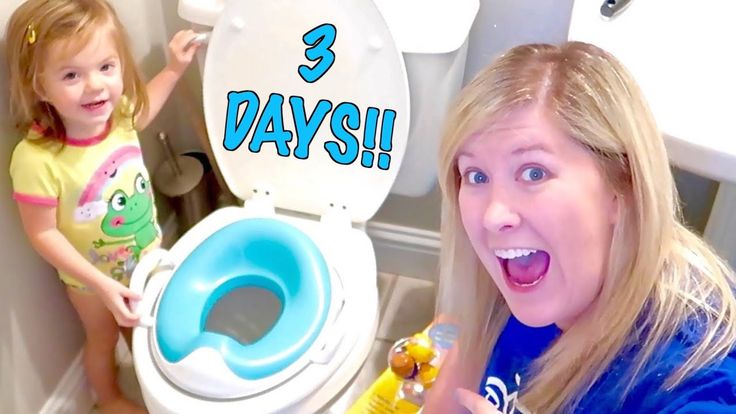 Let your toddler decide when to start.
Let your toddler decide when to start.
Accidents can be frustrating, but punishment or scolding during or following an accident may lead to regressions and make potty training take longer overall. Be patient with your toddler. Eventually he will learn to go on the potty.
Related: How To Parent With A Positive Attitude After A Day Of Chaos
If your child does not seem interested, never force it but wait for a time when he is ready. When he is willing and ready, he’ll get excited about becoming a big boy or big girl.
Your toddler will be more successful with potty training if he is rewarded and given positive reinforcement. Make sure you reward your toddler with something that you know he will enjoy and be encouraged to try going on the potty again.
As the mom, try to devote all your attention and time on accomplishing this milestone. Just for one day. Be by his side and have fun while he sits on the potty.
Let me know how your potty training experience goes with your little one.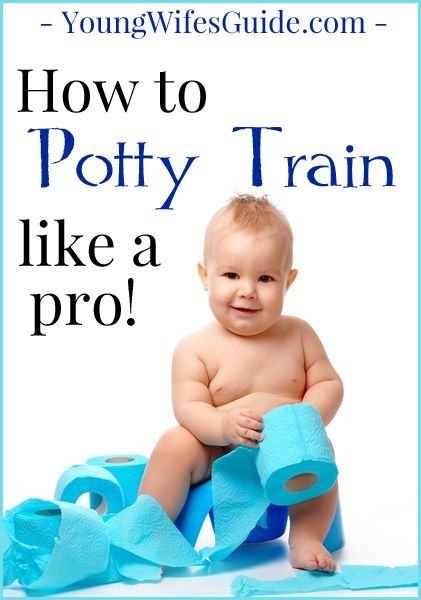 Comment below and let me know what tip(s) worked best for you and your toddler.
Comment below and let me know what tip(s) worked best for you and your toddler.
Next up, continue reading “17 Expert Tips For Cry Free Shopping With Kids“.
Keep Smiling,
Dr. Jena Bradley, DPT
This post contains affiliate links. For more information, see my disclosures here.
How to potty train a child: step by step instructions | Chalk
The moment when a child himself asks for a potty can be safely compared in significance with the first step and the first word. How to bring this time closer - and is it possible? Let's figure it out.
When to start potty training a child
This is perhaps the most important question asked by parents of children from 1 year old. But there are no exact recommendations regarding both the lower and upper limits of the age of potty training. It is believed that by the age of 3, children should already be able to cope with going to the toilet on their own. But in the West, you can often meet children who wear diapers at the age of 3 or 4 - and no one pays attention to this.
In any case, both our and Western experts now agree that each child is individual and it is necessary to focus not on age, but on the level of his development.
An approximate lower age range that can be identified is from 14 months to 3 years. However, doctors usually clarify: if you start potty training at 14-16 months, then the process can stretch for several more months, and if you start at 2 years and later, you can do it in just a week.
Why such numbers? The thing is that the signaling system is responsible for the process of urination and defecation, and until it matures, you can try for as long as you like, but there will be no result. In fact, if you are trying to teach a six-month-old baby to consciously potty train, this can be compared to trying to teach a newborn to walk: a child at this age is simply not ready for this process from a purely physiological point of view.
Up to 16–18 months, excretory processes occur reflexively, without involving the nervous system
From a physiological point of view, potty training can begin when the child has learned to walk, can squat, holds himself in space, can take off his clothes and gestures show what he wants. As a rule, a child masters all these skills by 1–1.5 years. But here a psychological moment comes in the way, namely the crisis of the first year, when the child becomes capricious and uncontrollable, for the first time begins to say “no”.
How to know if a child is ready to use the potty
- He shows interest in the toilet and what other family members are doing there;
- Understands when he went to the toilet, requires gestures or words to change the diaper or wash it. That is, he experiences discomfort and understands the reason for this discomfort;
- Child stays dry during naps or more than two hours during the day;
- The child shows by gestures, words or facial expressions when he wants to go to the toilet. It is not uncommon for children to hide behind a curtain when they are doing "big things", squat down, move into another room, or hide in a corner, trying to simulate the isolation of the space for their intimate needs.
In addition, it is very important that at the time of the beginning of potty training the child is healthy, cheerful and cheerful.
7 reasons that should make you put off the pot until better times:
- the child is sick;
- the child is teething;
- the child did not pass the crisis of the first year;
- you are weaning or weaning a baby from a bottle/pacifier;
- a younger brother or sister was recently born;
- moving to a new location;
- mother's going to work (and other stressful situations that knock the child out of his usual rhythm of life).
How to start potty training
The first step is to get yourself a potty. The choice of a toilet accessory should be approached with all seriousness. It often happens that it is the wrong potty that causes the child to categorically refuse to "go to the toilet like a big one. "
So which pot should you choose?
- Plastic with rounded soft edges - it is much more comfortable to sit on such a pot than on an enamelled specimen from Soviet childhood, warm plastic does not scare away;
- With rubberized pad on the bottom - keeps the pot in place and does not allow it to slip, which means that the risk of falling and injury is minimal;
- Not a toy - It is clear that a pot in the form of a throne, a car or an animal can be bright and attractive, but it is still a toiletry item, not a toy. Choose calm colors, without bright ornaments, etc.;
- Without musical accompaniment - potty, equipped with a sensor that plays music or a song when the child has successfully completed his task, designed to motivate the child to do it regularly. However, sudden loud noises can simply cause fear. And music as an encouragement after toilet chores can reinforce the wrong reflex, from which you will then have to wean.
Potty Training Instructions
Step 1: Familiarize yourself with the potty. Tell your child what the potty is for, call a spade a spade. Yes, saying the words "pissed" and "pooped" may not be very comfortable, but this is physiology, and you can't do without it. Remember that if you are ashamed to talk about this topic, then this feeling of shame will be transmitted to the child, and this can subsequently provoke a number of problems and difficulties not only with mastering the potty, but also with the psychosexual development of the child.
Step 2: Find a place for the pot. The pot must be within reach. If you close the door to the toilet so that the child does not throw toys and other things into the toilet, it is better to keep the potty in the corner of the child's room or in the bathroom. If you are worried about cleanliness around, you can put the potty on a disposable diaper (make sure it does not slip on the floor) or a rubber mat.
Step 3: Show how to use the potty. Place a teddy bear, rabbit or doll on the potty. The role-playing game will allow you to consolidate the pattern of behavior. If there is a baby doll who can really write if you give him water to drink, then this will be even more of a help.
Another important point. There are children who do not want to sit on the potty, but prefer to immediately sit on the toilet "like a big one." Excellent - a special toilet seat and your own example will help solve this problem.
Step 4: Remove the diaper. A child who constantly walks in a diaper will not learn to go to the potty simply because he does not correlate the processes in his body with the result of what is happening. To establish this connection, he needs to see everything with his own eyes and feel it for himself. That is why panties for potty training began to appear, which do not immediately absorb all the moisture.
For the time when you remove the diaper and potty train your baby, it is better to use comfortable clothes that the toddler can easily take off by himself. Most accidents most often occur for a banal reason: the child does not have time to unbutton and zip on jeans, pull off tight leggings and tights, and then also panties. Make it easy for him.
One mother, for the time of potty training, simply covered the entire floor in the apartment with disposable diapers, and undressed the children, and they ran around naked. Her life hack has since been used by thousands of fans, and it really works. When a child sees that a puddle appears on the floor after he has peed, he begins to understand how this happens, which means that a causal relationship is formed faster.
Step 5: Offer the pot on a "schedule". This does not mean that you need to set an alarm clock and put your child on the potty by the hour. No. A simple rule works here: a potty after sleep and before bed, plus 15–20 minutes after eating, as well as before and after a walk.
The season, oddly enough, also matters, especially in our latitudes. Easier and faster potty training occurs in spring and summer, when a child can run around the countryside naked, and in the city - in light shorts or panties and a dress. Accidents, which will undoubtedly happen at first, do not damage the psyche of parents, which means that the number of shouts and shameful words is minimized, since even the most patient and conscious parent has the right to break down at some point and not withstand the next wet pants.
By the way, in Japan, children are potty trained in the summer for purely hygienic reasons. It’s just that in winter, tatami mats lie on the floor in houses, which are very difficult to wash in case of unforeseen situations.
Step 6: Remove the diaper completely. When you potty train your child, at first, the diaper should be worn only for daytime and nighttime sleep. Then he is first removed for daytime sleep, covering the bed with disposable diapers, and after some time (for some children it may take a week, while for others it may take several months), they begin to remove the diaper for a night's sleep too. And here you need to be prepared for the fact that wet nights will happen, even if you put the child on the potty in the middle of the night. This is completely normal.
Potty training hacks
The process of potty training should be easy and fun for all involved, both parent and child. What can be done for this?
- Motivation system. Have your child put stickers on the potty for each success;
- Beautiful lingerie. Buy beautiful panties and panties for your child. which will be a pity to get dirty. The main thing - in no case do not scold if the toddler still did not cope with the task. Everything can always be washed off;
- Habit calendar. Together with your child, start a calendar in which mark the date when he will become very big and learn to go to the pot - in a month and a half. As we remember, a habit is formed in 21 days, and this period, on average, is enough to teach a two-year-old child to go to the potty. Cross out days together, celebrate successes (we don’t celebrate failures) and be sure to celebrate X-day;
- Fairy tale therapy.
Read therapeutic stories about potty training or make up one yourself.
Mistakes of parents in the process of potty training
The period of potty training is quite stressful for both the child and the parents. One word can sometimes spoil everything that has been achieved in a few weeks.
Do's and Don'ts
- Being stressed. Children are very sensitive to the mood of an adult, and if mom and dad are constantly nervous about wet pants, then the child will worry and everything will turn out much worse for him;
- Hurry . You should move at the pace of the child, and not adjust it, trying to be in time for a specific date or just to brag that you potty trained a child in just five days;
- Shame. The task of parents is to support the child in his independence. Punishing, scolding and shaming means humiliating a child. He has already peed himself and cannot do anything about it, he is already sad and bad about it;
- Put the diaper back on.
In the process of mastering the potty, regression often occurs. Usually it lasts no more than 5-7 days, although, of course, there are exceptions. But even for this period it is better not to return to using diapers. This will only push the child further back;
- Disdain . Yes, the story with the pot is not the most fragrant. However, for two years you washed your child's bottom, changed diapers, and now nothing has changed. By demonstrating your squeamishness towards wet and dirty pants, you do not support the child. He is not yet able to share your attitude to the result of his actions. He needs support and absolute acceptance.
Potty training is a rather difficult but exciting quest that every parent has to go through. Be sure: you will deal with it sooner or later.
Cover image: Tomsickova Tatyana / shutterstock / fotodom
How to potty train a child in one day? | Family
Our kids are unique. They cannot be studied by a book, accelerated their maturation and forced to do something at the click of a button. However, it is possible to create conditions for the harmonious development of each child! The critical period of going to the potty makes mothers nervous, angry at the mountains of wet panties and unexpected puddles on the new sofa. Yes, we get angry and that's okay! When it comes to potty, moms fall into two categories:
- The baby is put on the potty from the age of one.
- Wait up to 1.5-2 years of independent maturation.
In this case, there is no right or wrong. No one knows their child better than a mother. She feels him. Dear parents, try to answer 4 questions that will help you understand whether it is the right time for potty training:
After several “Yes” answers, you can start introducing your baby to the potty. And even if the acquaintance begins with wearing it on your head - that's great! The child does not confuse the purpose of the pot, he develops his imagination!
How to start the learning process?
Before putting the baby on the potty, it is important to introduce him to this subject, to tell about its importance. Let the new attribute take place in the house and be constantly in sight. When the time comes to use it, set yourself up for the fact that it is important to finish the job! Take off your diaper for the day and start learning a new skill.
Naturally, each child will learn the skill at their own pace. The task of parents is to use all available tools to attract the attention of the baby to the potty. There are cases when a baby learned to go to the potty in 1 day! And the magic Baby Code stickers helped with this. Thousands of mothers have already tried miracle stickers and confirm their effectiveness with positive reviews.
The principle of the sticker is very simple: when a warm liquid gets on the sticker, a bright and cute character appears on it. To stir up the interest of the baby, our talented designers have developed five pictures: Teddy Bear, Chicken, Cow, Kitten and Puppy. Mom can arrange a surprise by choosing one of the pictures and not telling who will appear on it. Let the baby not know who will greet him when he pees on the potty! So the process will take the form of a little adventure.
Thanks to the feedback, we learned that many children acquired a new skill in 1 day. They understood the principle: to see a handsome hero, you need to go potty! A simple and at the same time exciting game helps to develop a child's visual perception, visual memory, imagination and fantasy, gaming skills and logical thinking. After all, the development of magic stickers took place with the participation of child psychologists and teachers.
Baby Code is responsible for the safety of babies. Stickers are made of hypoallergenic thermal vinyl, printed with safe inks, do not absorb odors. 7 cm in diameter, which allows them to be glued even in the narrowest pot.
Magic stickers are available for every mother, Baby Code allows you to purchase quality goods without intermediaries at a great price.
So, gradually and with love, step by step, an important skill will be consolidated.
You will succeed! The main thing is to be patient and change your pants. If you decide to potty train your baby, don't back down for a day. It's important to get things done! Remember to praise your child for success and show positive emotions. And magic stickers will facilitate and speed up the process with an exciting game.
We want to share some examples from our experience with stickers.
Veronica used stickers for the first time when her son was 1 year and 9 months old: “The potty training process was very slow. I decided to try an interesting method. We really enjoyed! We went potty! In order to pee sooner, the baby even began to drink more water. Beautiful design, drawing appears quickly.
Oksana used stickers for her daughter: “We received stickers as a gift from the site when ordering other products.
